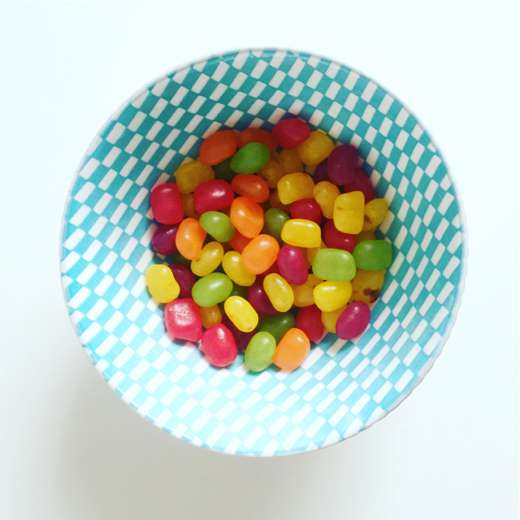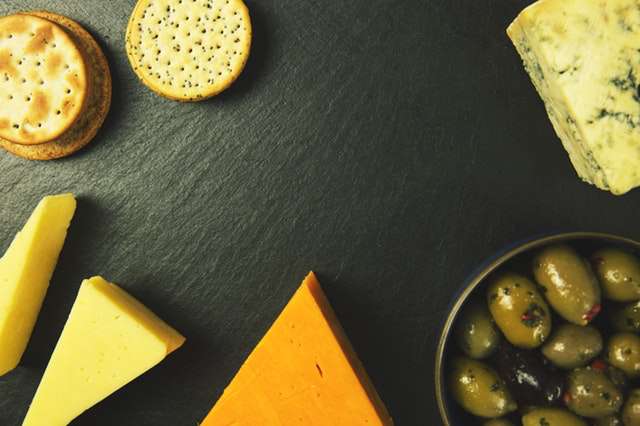
Color is the most important factor in shaping our perceptions of foods. Image Source: Pexels user Leah Kelley
When it comes to the taste of food, we tend to believe that our sensory experience comes from, well, the taste of food. But time and time again, research confirms that we eat with our eyes first. “People’s perception is typically dominated by what their eyes see,” says Charles Spence, professor of experimental psychology at Oxford University.1 Peter Barham of Bristol University agrees. “If we start by seeing a bright orange drink, we are very likely to think it will taste of oranges. Provided the taste is at least somewhat sweet and a little acid we will say it is orange—even if it is just colored, sweetened water or apple juice.” Indeed, studies show that people who eat canned peas with bright green food coloring report that the peas taste fresher than peas without food coloring, even when the peas are the same in every other respect. Even professional wine tasters have been tricked into attributing characteristics of red wines to whites with red dyes.
The extraordinary role color plays in taste perception explains why colorants have been used for centuries to enhance the visual appeal of foods. Throughout most of that time, colorants were derived from natural sources, but that changed around the turn of the 20th century as synthetic dyes were developed, offering more vibrant, diverse, and economical colors. Today, many foods we eat are enhanced with artificial colorants designed to enhance appeal and whet our appetites and foods marketed to children are particularly susceptible; according to a study by the Center for Science in the Public Interest, a full 43% of foods marketed to children currently contain artificial dyes.2
In recent years, however, the public has become increasingly concerned about the effects of artificial food dyes, prompting many food manufacturers to begin the process of phasing out synthetic colorants. Kraft Heinz, ConAgra Foods, Nestle, and General Mills have all begun removing synthetic dyes and Mars announced last year that it will eliminate artificial colors in a large bulk of its product lines over the next five years. Of course, this doesn’t mean that all coloring agents will disappear; rather, it means that food manufacturers must find natural alternatives to enhance product appearance. In order to develop new color standards and successfully transition to natural food dyes, manufacturers must employ sophisticated spectrophotometric technologies.

Studies on the health effects of artificial dyes have returned conflicting results, but many consumers err on the side of caution. Image Source: Unsplash user Kat Bruni



